The Bad and the Beautiful (1952)
By Toronto Film Society on December 14, 2023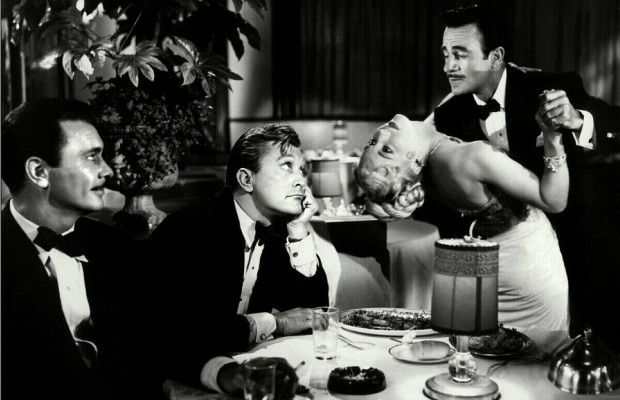
Toronto Film Society presented The Bad and the Beautiful (1952) on Monday, August 22, 1983 in a double bill with The Legend of Lylah Clare as part of the Season 36 Summer Series, Programme 10.
Production Company: Metro-Goldwyn-Mayer. Producer: John Houseman. Director: Vincente Minelli. Screenplay: Charles Schnee, based on a story “Memorial to a Bad Man,” by George Bradshaw. Photography: Robert Surtees. Art Directors: Cedric Gibbons, Edward Carfagno. Music: David Raksin. Costumes: Helen Rose.
Cast: Lana Turner (Georgia Lorrison), Kirk Douglas (Jonathan Shields), Walter Pidgeon (Harry Pebbel), Dick Powell (James Lee Bartlow), Barry Sullivan (Fred Amiel), Gloria Grahame (Rosemary Bartlow), Gilbert Roland (Victor ‘Gaucho’ Ribera), Leo G. Carroll (Henry Whitfield), Vanessa Brown (Kay Amiel), Paul Stewart (Syd Murphy), Sammy White (Gus), Elaine Stewart (Lila), Ivan Triesault (Von Ellstein), Kathleen Freeman (Miss March), Steve Forrest (Leading Man), Ned Glass (Wardrobe Man), Francis X. Bushman (Eulogist).
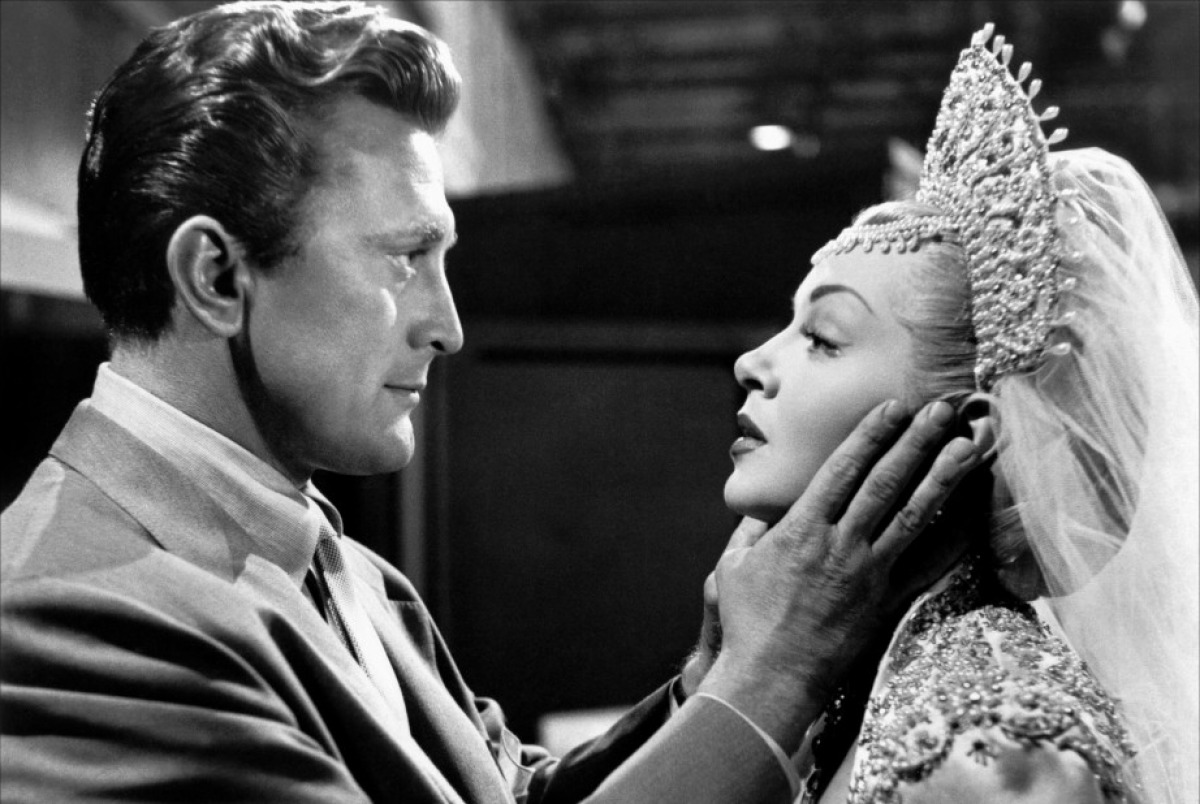
The Bad and the Beautiful is the story of ruthless movie producer Jonathan Shields, who has his beginnings in the Poverty Row of Hollywood, and then begins to move, by any means, to establish (and dignify) himself as the outstanding filmmaker of his generation. He teams with Fledging director Fred Amiel, but later dumps his friend so he can have a “big’name” director for his major film. Shields picks up drunken extra Georgia Lorrison, and builds her into a glamorous star. Georgia makes the mistake of falling in love with Jonathan, only to learn he had used her for nothing more than a packaged commodity.
Next on his list is writer James Lee Bartlow, whom he lures to Hollywood to adapt his best-seller into a screenplay. When Jonathan senses Bartlow’s wife is impeding his progress, he brings in a Latin lover for her. The liaison ends in death in a crash for the wife.
The “tales of Jonathan” are all related by the director, actress and writer, in flashback, as they sit in the office of veteran producer Harry Pebbel, discussing a forthcoming Shields production. And the question is whether a full-fledged heel, albeit a talented one, should be forgiven, so that the production will become the success which is expected.
The Bad and the Beautiful, as director Vincente Minelli described it, is “a harsh and cynical story, yet strangely romantic. All that one hated and loved about Hollywood is distilled in the screenplay.”
Many feel the film has become the classic example of “Hollywood sneering at Hollywood.” Today, it may seem a bit of a cliche because of the many other similar films which followed. But in 1952 it was a bold statement, especially at MGM, where the cut-throat policies of rising talents had long prospered.
The film cost 1.5 million dollars to make. It did not receive a “Best Picture” nomination, but did win five Oscars, including one for Gloria Grahame as Best Supporting Actress, and Charles Schnee for Best Screenplay.
The Kirk Douglas role of Jonathan Shields is said to be partly patterned after the careers of Val Lewton (Cat People), and David O. Selznick. Douglas Broade, in Films of the Fifties, points out that the Douglas portrayal was the first of what was to be a continuing Fifties trend–“the heel as hero.”
Notes by Bill Sturrup
References: Films of the Fifties, Douglas Brode
Films of Kirk Douglas, Tony Thomas
Best of MGM, Parish and Mank
You may also like...
-
News

Frances Blau
Toronto Film Society | February 27, 2024On Monday, February 26th, 2024, Toronto Film Society lost longtime friend, supporter, and board member Frances Blau. Known for her sense of humour, her love of film, her generosity,...
-
Special Events

Monday Evening Film Noir Double Bill at the Paradise Theatre
Toronto Film Society | July 8, 2024The Toronto Film Society presents a film-noir double feature at one low price! The Window (1949) in a double bill with Black Angel (1946) at the Paradise Theatre on Monday, August...
Programming

Virtual Saturday Night at the Movies
Toronto Film Society | July 20, 2024Toronto Film Society is back in the theatre! However, we’re still pleased to continue to bring you films straight to your home! Beginning Season 73 until now we have...
4-
 Toronto Film Society | July 8, 2024
Toronto Film Society | July 8, 2024
Monday Evening Film Noir Double Bill at the Paradise Theatre
-
 Toronto Film Society | November 6, 2022
Toronto Film Society | November 6, 2022
-
 Toronto Film Society | August 1, 2023
Toronto Film Society | August 1, 2023
Donate to Toronto Film Society – We’re now a Registered Charity!
-
Copyright © 2017 Toronto Film Society.

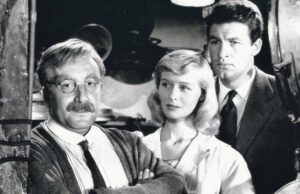
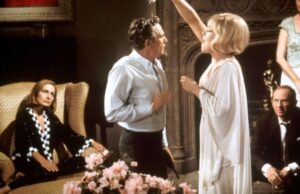
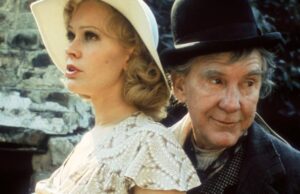
Leave a Reply